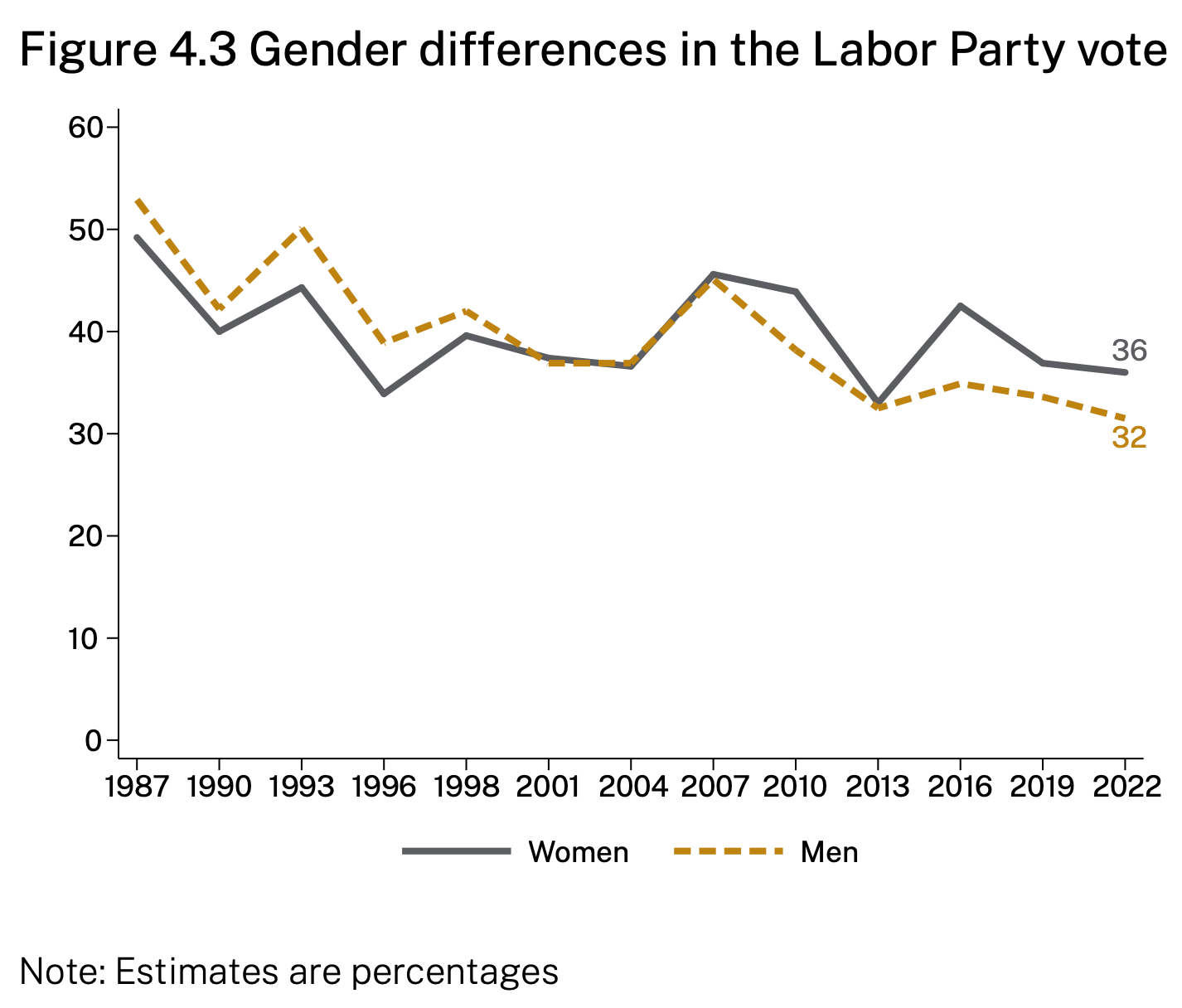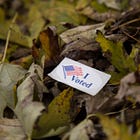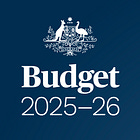This week’s graphs, courtesy of The 2022 Australian Federal Election Study, show voting patterns of Australian men and women in federal elections. The Australian Federal Election Study is a post-election survey that has been conducted after federal elections since 1987. The 2022 survey included a nationally representative sample of 2,508 voters.
Key Points
Figure 4.1 shows the percent of women and men who voted for the Labor Party, the Liberal-National Coalition, the Green Party, or other parties in the 2022 federal election.
In 2022, 52% of women and 41% of men voted for the Labor or Green Parties, representing a sex difference in women favoring parties on the political Left.
In 2022, 32% of women and 38% of men voted for the Liberal-National Coalition, representing a sex difference in men favoring parties on the political Right.
In 2022, a greater percentage of men (22%) than women (16%) were more likely to vote for political parties other than the Labor Party, Green Party, and the Liberal-National Coalition.
Figure 4.2 shows the precent of women and men who voted for the Liberal-National Coalition in federal elections between 1987 and 2022.
In each federal election since 2001, a greater proportion of men than women voted for the Liberal-National Coalition.
Over the past 10 years, voting for the Liberal-National Coalition has dropped markedly for both men and women.
Figure 4.3 shows the precent of women and men who voted for the Labor Party in federal elections between 1987 and 2022.
In the 1980s and 1990s, men were slightly more likely than women to vote for the Labor Party. However, in recent years, women have been more likely than men to vote for the Labor Party than men.
Source: Australian National University (2022). The 2022 Australian Federal Election Study.
Bonus Commentary
Australia will hold its next federal election on May 3, 2025. We cannot be certain who will win, but what we can be more certain of is the sex difference in voting behavior. We can predict from previous elections, and our everyday observations, that Australian women will be more likely than Australian men to vote for political candidates on the Left, and Australian men will be more likely than the women to vote for political candidates on the Right.
Results from United States (U.S.) presidential elections also support the notion that the modern woman is more likely than the modern man to lean to the political Left. According to the Center for American Women and Politics, in the 2024 presidential election, approximately 53% of women and 43% of men voted for Democrat Kamala Harris, whereas approximately 45% of women and 55% of men voted for Republican Donald Trump. The 10% sex difference in voting preference for Trump was consistent with sex differences in voting for winning presidential candidates dating back to 1996. This sex difference has ranged between 7-12%, with greater proportions of women than men voting for Democrat presidential winners, and greater proportion of men than women voting for Republican presidential winners. In recent years, men’s voting preferences in the U.S. have remained largely the same, whereas women between the ages of 18-29 have pushed women’s vote further Left.
Average sex differences in voting behaviors stem from average sex differences in beliefs about what the role of government ought to be. Women are more likely than men to profess egalitarian and collectivist beliefs that favour redistribution policies and greater government involvement in many aspects of everyday life. For example, women are more likely than men to believe in increased spending on healthcare, Social Security, and assistance to poor people. Women are also more likely than men to express desire for more environmental protections and for increased spending on the environment. Women are also more likely than men to express support for “inclusion” and “equity” policies such as racial preferences in hiring and promotion, inclusion of transgender individuals in women’s spaces, and allowing illegal immigrants to remain in the country. Results from one study suggest that women’s preferences for collectivist policies likely stem from women’s greater risk aversiveness, lower competitiveness, preference for “equality” over efficiency, and lower confidence in their own abilities.
Related Content at The Nuzzo Letter
SUPPORT THE NUZZO LETTER
If you appreciated this content, please consider supporting The Nuzzo Letter with a one-time or recurring donation. Your support is greatly appreciated. It helps me to continue to work on independent research projects and fight for my evidence-based discourse. To donate, click the DonorBox logo. In two simple steps, you can donate using ApplePay, PayPal, or another service. Thank you!











It would be great if this could be done by aggregate Right/Left, divided by sex. So total female skew to Labor/Teal/Green would be shown, and male skew to Coalition/One Nation.
Do you have historical figures? I've seen them for the US and UK, but not for Canada, Australia, or New Zealand, in basically the same Anglo-Saxon culture.
It was once well-known that, in both the US and the UK, women had voted more conservatively than did men, from the onset of suffrage well into the 1970s. Republicans and Tories needed their votes to prevail in close elections. The Equal Rights Amendment in the US was shot down by a vigorous last-minute women's movement, and suffrage itself held back for decades by female opposition even stauncher than male.
UK suffragettes, having examined the western US states, warned their allies in Parliament *never* to allow women to vote on the issue itself. (Also true in the 1912 suffrage votes in California and Wisconsin; one won, the other lost.) It's claimed that the Conservatives owe all their post-suffrage 20th-century victories to the women's vote.
So what happened in the past half-century to cause women to flank their men to the left, and dramatically so? If it were solely on economic issues, it's easy to see-- women were warier of the welfare state, until the first generation that had grown up under it. Thereafter, its defence would be the "conservative" stance. (Walter Mondale made this very point in the 1984 US election.)
But this doesn't explain women's now more radical views on social and cultural issues.